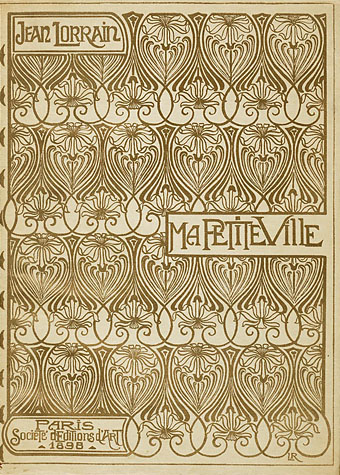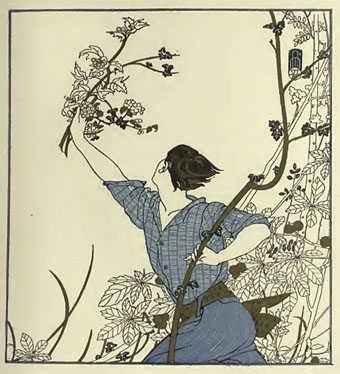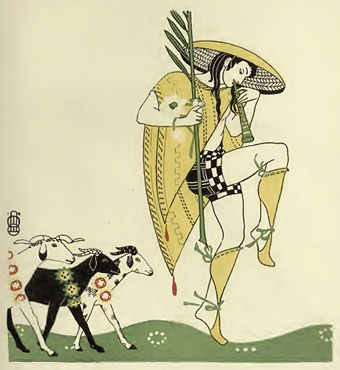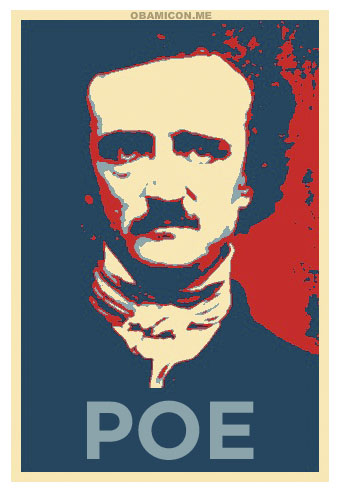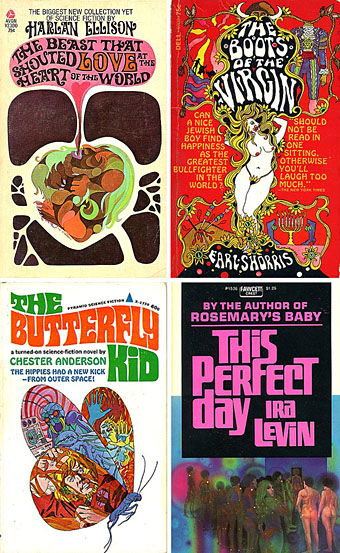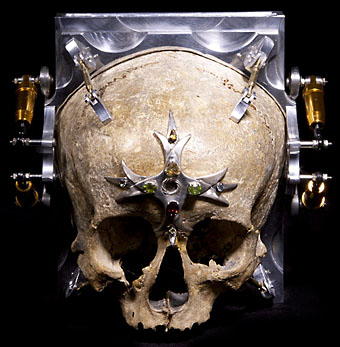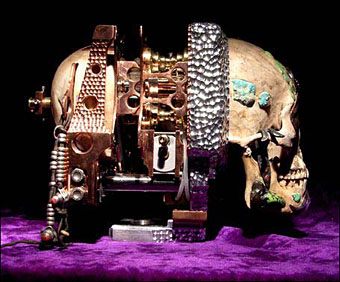A typically splendid fin de siècle cover design by Léon Rudnicki for an 1898 volume of childhood memoirs by Jean Lorrain (1855–1906). The author was a flamboyantly homosexual poet, novelist and journalist whose addiction to ether and other excesses ended his life at the age of 50. Philippe Jullian is quoted on glbtq.com as saying Lorrain was “truly, at the fin de siècle, Sodom’s ambassador to Paris”. Jullian, as I never tire of repeating, wrote the best book on the Symbolist period, Dreamers of Decadence (1971), and that quote reminds me that I ought to track down a copy of his Lorrain biography.
Elsewhere on { feuilleton }
• The book covers archive

